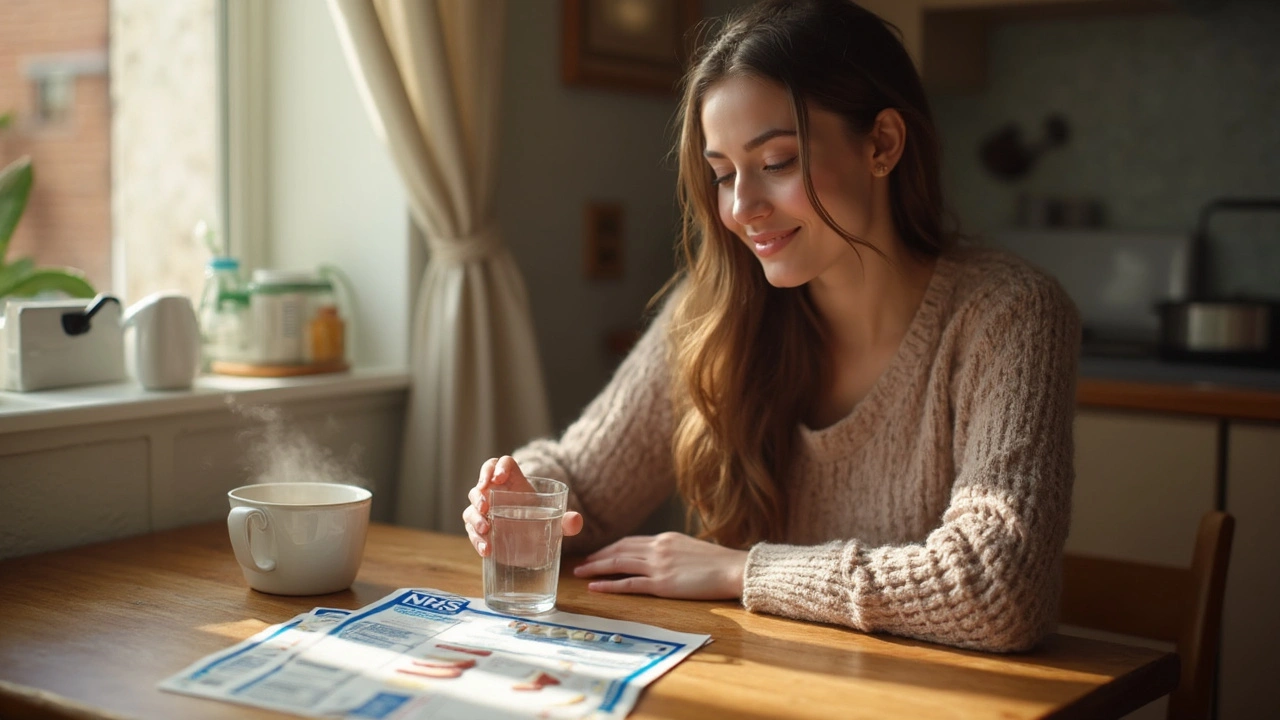Safe Antibiotic Use: Simple Rules That Work
Antibiotics save lives — but misuse makes them lose power. Use them when they help, not when they don't. That basic choice protects you now and keeps drugs working for everyone later.
How to take antibiotics safely
Only take antibiotics prescribed by a clinician who checked you. If your illness looks like a cold, flu, or most sore throats, antibiotics usually won’t help because those are viral. Ask your provider if a test or a wait-and-see approach is possible.
Follow the exact dose and schedule on the prescription. If it says every 8 hours, try to space doses evenly—set phone alarms if needed. Missing doses or doubling up can reduce effectiveness or raise side effect risk.
Finish the course only if your prescriber told you to. Recent guidance sometimes says to stop when you’re better; follow the advice you were given. Never use leftover antibiotics from a past illness without new medical advice.
Take notes on food and interaction rules. Some antibiotics are best with food to avoid stomach upset; others work better on an empty stomach. Avoid alcohol with drugs like metronidazole and check with your pharmacist about interactions with blood thinners or other meds.
Watch for problems and prevent resistance
Know common side effects: nausea, diarrhea, rashes. If you see a severe allergic reaction—hives, swelling, breathing trouble—get emergency care. For persistent diarrhea, especially with fever or blood, call your clinician (it could be C. difficile).
Think about gut health: probiotics can help reduce mild antibiotic-associated diarrhea. Take probiotics a few hours after your antibiotic dose, not at the same moment, to improve chances they survive.
Don’t share antibiotics or give them to pets unless a vet prescribes them. Don’t pressure your provider for antibiotics if they say you don’t need one. Overuse fuels resistant germs that make future infections harder to treat.
Store medicines in a cool, dry place out of reach of children. Dispose of unused antibiotics by returning them to a pharmacy take-back program—don’t toss or keep them for “just in case.”
If symptoms don’t improve in 48–72 hours, or they get worse, contact your provider. You may need a different drug, a test, or an in-person check. Good communication helps avoid unnecessary changes and keeps treatment on track.
Small habits—asking the right questions, sticking to dosing times, disposing of leftovers—make a big difference. Use antibiotics wisely and you help protect your health and the community’s future ability to fight infections.

Tetracycline: Uses, Side Effects, and Safe Antibiotic Practices
- by Colin Edward Egan
- on 12 Jun 2025
Discover everything you need to know about tetracycline, a widely-used antibiotic. This article breaks down what tetracycline is, how it fights infections, who should (and shouldn't) use it, side effects to watch out for, and tips for safe antibiotic practices. Stay informed to make smarter health decisions and avoid common pitfalls. Get details backed by real facts and advice you can apply in daily life.
